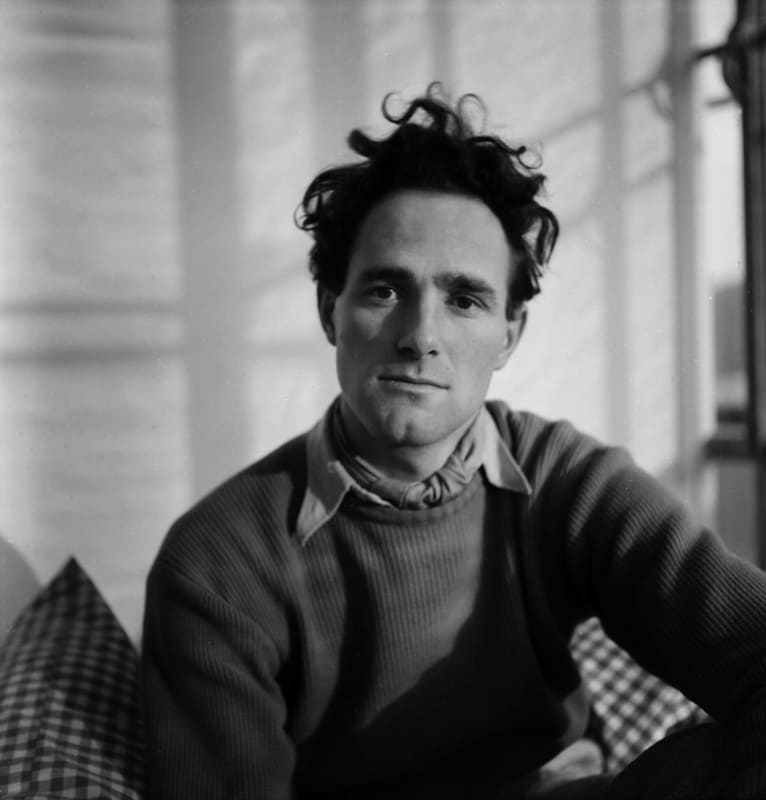Werner Bischof was one of the most important photographers of the 20th century. Anyone who looks at his oeuvre will realize that it is astonishing in many respects. In the only nine years that he had available for his journalistic work from 1945 to 1954, he created a huge body of outstanding photographs. He traveled halfway around the world, in times when a long-haul flight was still an adventure trip with many stopovers. The diversity of his motifs and subjects is just as impressive as the artistic quality. Among all the suffering and misery he has seen and photographed, his gaze has always found signs of hope and beauty. He devoted himself to both aspects of life thoughtfully, sensitively and with an unerring sense for the right moment. Even as a journalist, he always remained an artist.
Werner Bischof did not actually want to become a photographer, but a painter. It was a coincidence that brought him to work with the camera, because all the places in the graphic arts class at the School of Applied Arts in Zurich were already taken when he began his training there. Under the influence of his teacher Hans Finsler, he engaged in intensive studio work with objects and work with light and shadow. Later, he succeeded in transferring the compositional skills he had developed and polished in this way to work on the road, even though there was often little time available and everything was in motion.
Trips followed through Europe, to India, Japan, Korea, Hong Kong and Indochina, to the USA and finally to South America, where he died in a car accident in the Andes in 1954 at the age of 38. Most of the time it was specific assignments that took him to certain places. They came, for example, from the Magnum photo agency, of which Werner Bischof had been a member since 1949, or from major magazines such as Life, Paris Match or Picture Post – the most important clients for photojournalists at the time. Werner Bischof felt increasingly uncomfortable with their demands for sensational reports from troubled spots and the way his pictures were used for this purpose. But he had to feed his young family and pay for the many trips, which were very expensive at the time.
Therefore, he delivered what the editors wanted to see, but in between he always took time-outs in which he worked in a way that was close to his heart: with time and patience he directed his philanthropic gaze towards the civilian population and expressed his solidarity for their hardships. He always paid the utmost respect to his subject. Ethics and aesthetics merge in Werner Bischof’s pictures to an extraordinary degree.

